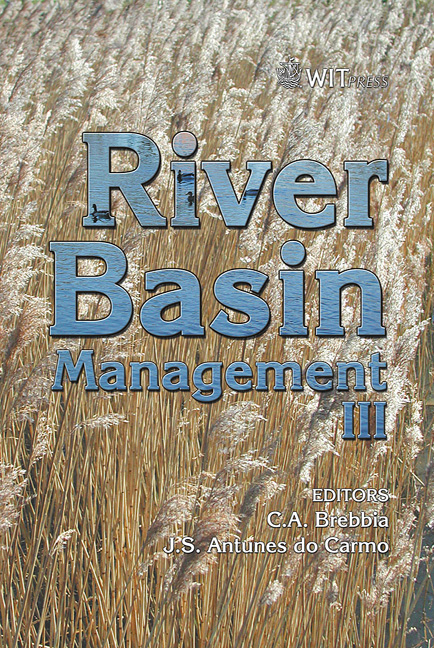Modelling Transport Of Cohesive And Non-cohesive Sediments In The Mersey Estuary
Price
Free (open access)
Transaction
Volume
83
Pages
8
Published
2005
Size
318 kb
Paper DOI
10.2495/RM050521
Copyright
WIT Press
Author(s)
M. Hartnett, A. Berry & B. Lin
Abstract
The Mersey Estuary has been one of the most polluted estuaries in the world for decades. A project is now underway to attempt to restore water quality in the estuary. As part of this project a detailed water quality modelling project was undertaken. The models developed were used to simulate various materials in the estuary, including nutrients, sediments, heavy metals and persistent organic chemicals. This paper describes work undertaken by the authors into developing a sediment transport model of the Mersey Estuary. Suspended sediments in the Mersey are composed of two main sources: sediments discharged into the estuary from outfalls etc. and resuspension of bed sediments. The bed sediments are contaminated with heavy metals and hence they are of particular interest. During mid-flood and mid-ebb tides strong tide-induced currents create high bed shear stress causing relatively large volumes of resuspended sediments. These sediments are transported about the estuary and, mostly, settle to the bed during periods of quiescent hydrodynamic activity. This is a complex system to model and highly important when performing the subsequent heavy metal simulation analyses. The authors outlined how the sediment modelling was executed and present typical modelling results. Keywords: hydrodynamics, sediment transport, cohesive and non-cohesive sediments, Mersey Estuary. 1 Introduction The Mersey Estuary, situated in northwest England, is one of the largest estuaries in the United Kingdom, with a catchment of some 5,000km 2 , including the major cities of Liverpool and Manchester.
Keywords
hydrodynamics, sediment transport, cohesive and non-cohesive sediments, Mersey Estuary.





